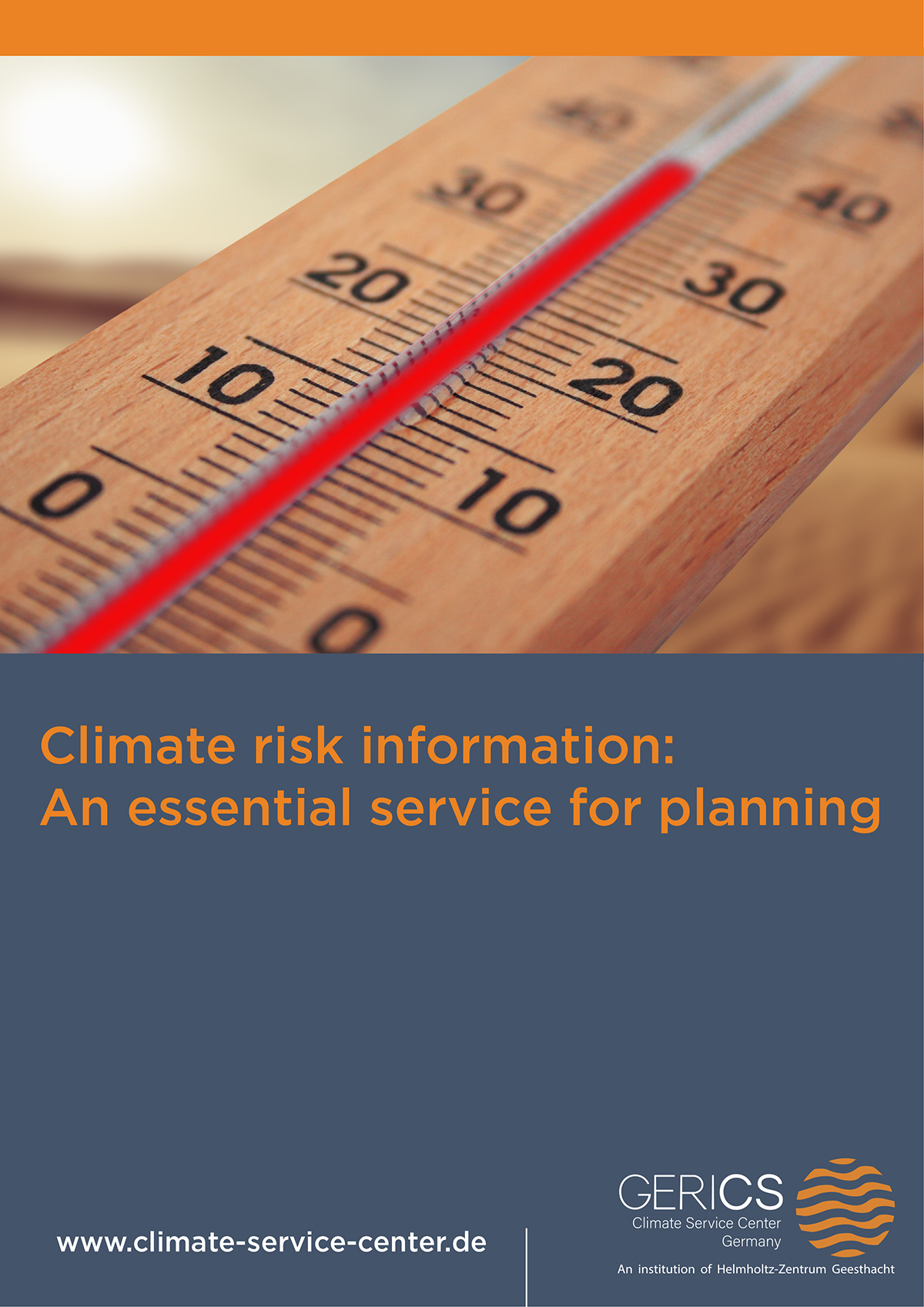Here, The Climate Service Center Germany (GERICS) talks us through some key strategies for using climate risk information to change the world
Currently, global awareness of climate risks are increasing thanks to increased media coverage, protests and visibly dramatic changes to the Earth. During the COVID-19 lockdown that made us all stand still, the stillness of humanity resulted in instant, visible improvements to the climate. Air quality improved in the worst polluted cities in the world, dolphins swam in Venetian canals and people praised the lockdown for this strange silver lining. However, the respite was never going to significantly change the work that is left.
How can the remaining work be properly understood and categorised? As a society, we need strong tools to map the most immediate risks. Countries have created significant goals for preventing further climate change, but they need a full armoury to make them happen.
Here, GERICS discuss one of their creations, using geospatial expressions to show the output of risk assessments in addition to mapping individual components. They developed this strategy using the SPEI (standardised precipitation evapotranspiration) drought index – essentially creating a climate risk map for decision-makers in that region. When personalised with what objects are at risk, this map can become one of the most useful tools for immediate policy intervention.
How can this information be translated into a functional climate strategy in any region?
The answers are here, as GERICS have clearly explained the way they construct this map of highly-detailed climate risk information. If you want to understand how to build a strong and immediately useful picture of any region in where there is a need to protect or save something from an ever-changing climate, then look no further.


